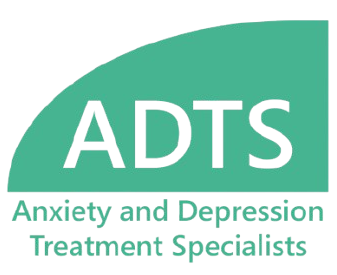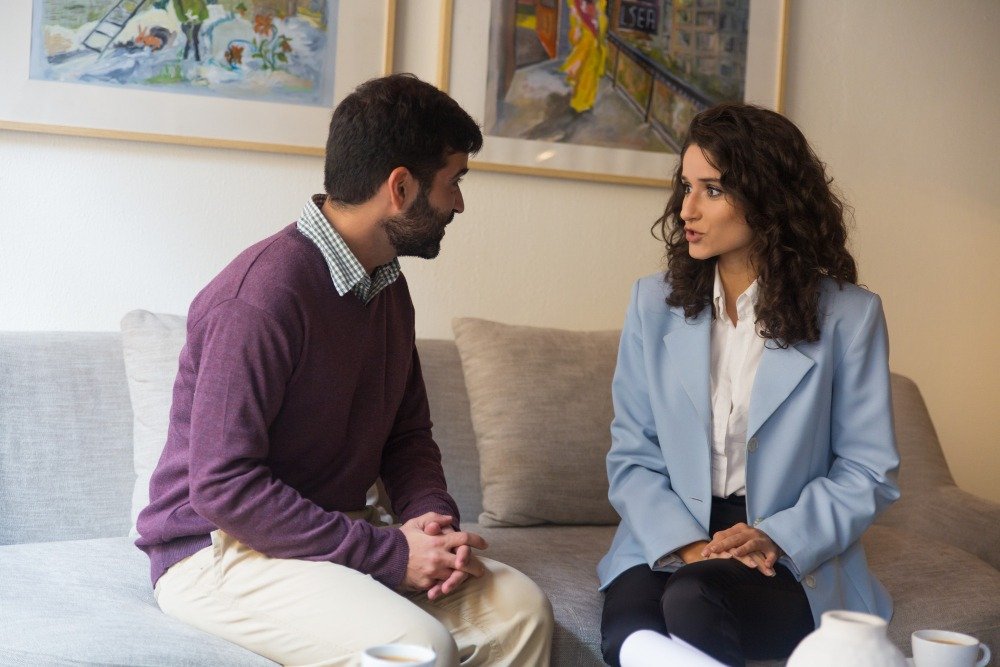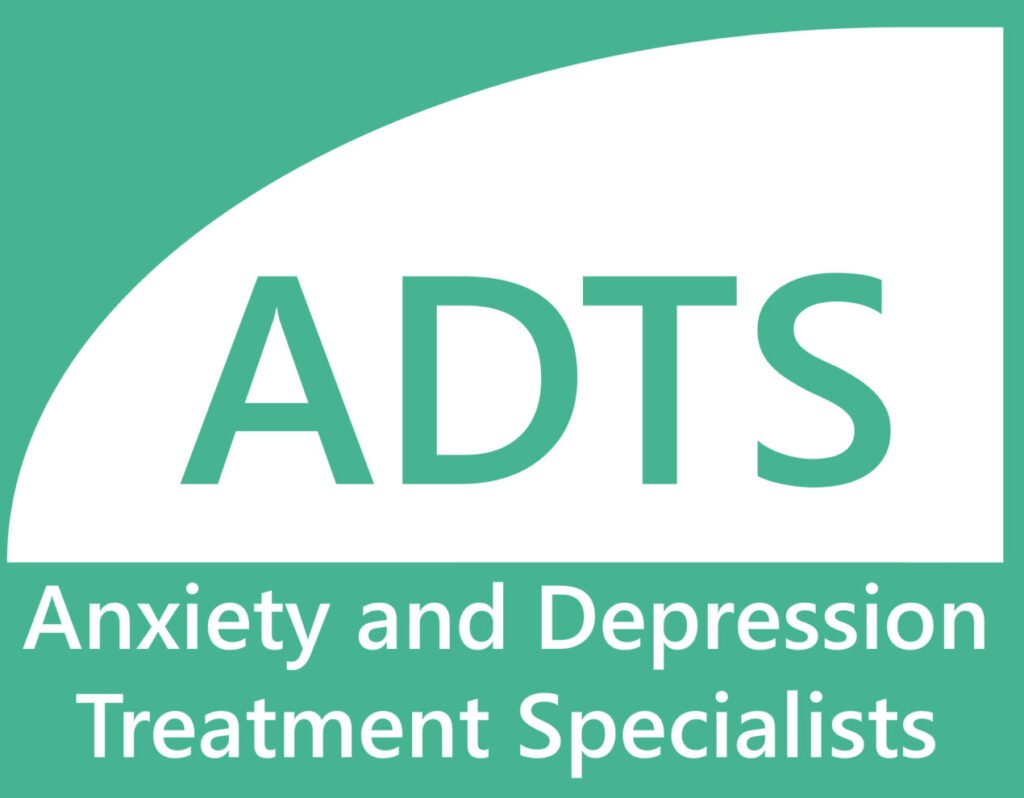Key points:
- Stigma and poor mental-health literacy are major, research-backed barriers to care.
- Practical barriers (cost, confidentiality concerns, access) compound misconceptions about therapy.
- Digital options can increase access and are evidence-based for many conditions.
Introduction
Many people delay or avoid therapy because of myths about who benefits, what therapy looks like, or fears about stigma and privacy. Research shows stigma exerts a small-to-moderate negative effect on help-seeking, meaning misconceptions aren’t just annoying – they might stop people from receiving potentially life-changing therapy (Clement et al., 2015).
Common misconceptions and the evidence against them
One common myth is “therapy is only for severe mental illness,” or “therapy is only for people who really need it”. In contrast, research shows that people often report avoiding therapy when distress becomes high (Gulliver et al., 2010), suggesting that other barriers continue to reduce therapy seeking even if distress is high.
Another belief is that admitting you need help will lead to career or social punishment. Systematic reviews list fears about confidentiality and career impact among frequently reported barriers, indicating these fears are widespread even when not always realized (Elshaikh et al., 2023). Some assume they should be “tough” and handle problems alone; research on attitudes and help-seeking shows preferences for self-reliance and poor mental-health literacy reduce professional contacts (Gulliver et al., 2010).
How modern, digital care addresses barriers
Online therapy (i.e., “teletherapy”) lowers practical barriers: meta-analyses and randomized trials show that many forms of teletherapy and guided online programs produce meaningful reductions in depression and anxiety symptoms, often comparable to in-person therapy (Fischer-Grote et al., 2024; Lin et al., 2022).
For people concerned about visibility or time, online mental health treatment can be discreet and convenient. Online general therapy services help people who live far from clinicians (e.g., in rural towns) or who face scheduling and mobility barriers (e.g., traffic in densely populated urban cities).
Takeaway
Misconceptions about therapy – stigma, beliefs about who needs help, and fears about privacy – are supported by robust literature as significant deterrents to seeking therapy. At the same time, evidence shows that online mental health treatment and online general therapy services are effective for common conditions and expand access, making them a viable option for many who otherwise would not seek help. If concerns (cost, confidentiality, fit) are holding you back, consider seeking a brief consultation, which many psychologists offer for free.
References
Clement, S., Schauman, O., Graham, T., Maggioni, F., Evans-Lacko, S., Bezborodovs, N., Morgan, C., Rüsch, N., Brown, J. S. L., & Thornicroft, G. (2015). What is the impact of mental health-related stigma on help-seeking? A systematic review of quantitative and qualitative studies. Psychological Medicine, 45(1), 11–27. https://doi.org/10.1017/S0033291714000129
Elshaikh, U., Sheik, R., Saeed, R. K. M., Chivese, T., & Alsayed Hassan, D. (2023). Barriers and facilitators of older adults for professional mental health help-seeking: A systematic review. BMC Geriatrics, 23(1), 516. https://doi.org/10.1186/s12877-023-04229-x
Fischer-Grote, L., Fössing, V., Aigner, M., Fehrmann, E., & Boeckle, M. (2024). Effectiveness of Online and Remote Interventions for Mental Health in Children, Adolescents, and Young Adults After the Onset of the COVID-19 Pandemic: Systematic Review and Meta-Analysis. JMIR Mental Health, 11, e46637. https://doi.org/10.2196/46637
Gulliver, A., Griffiths, K. M., & Christensen, H. (2010). Perceived barriers and facilitators to mental health help-seeking in young people: A systematic review. BMC Psychiatry, 10, 113. https://doi.org/10.1186/1471-244X-10-113
Lin, T., Heckman, T. G., & Anderson, T. (2022). The efficacy of synchronous teletherapy versus in-person therapy: A meta-analysis of randomized clinical trials. Clinical Psychology: Science and Practice, 29(2), 167–178. https://doi.org/10.1037/cps0000056


